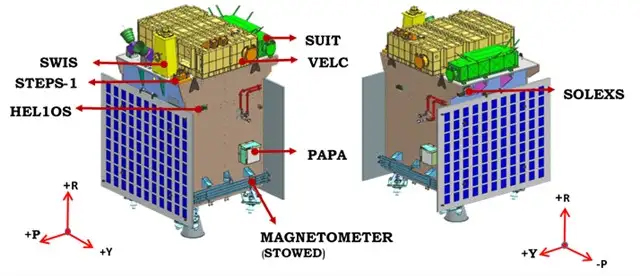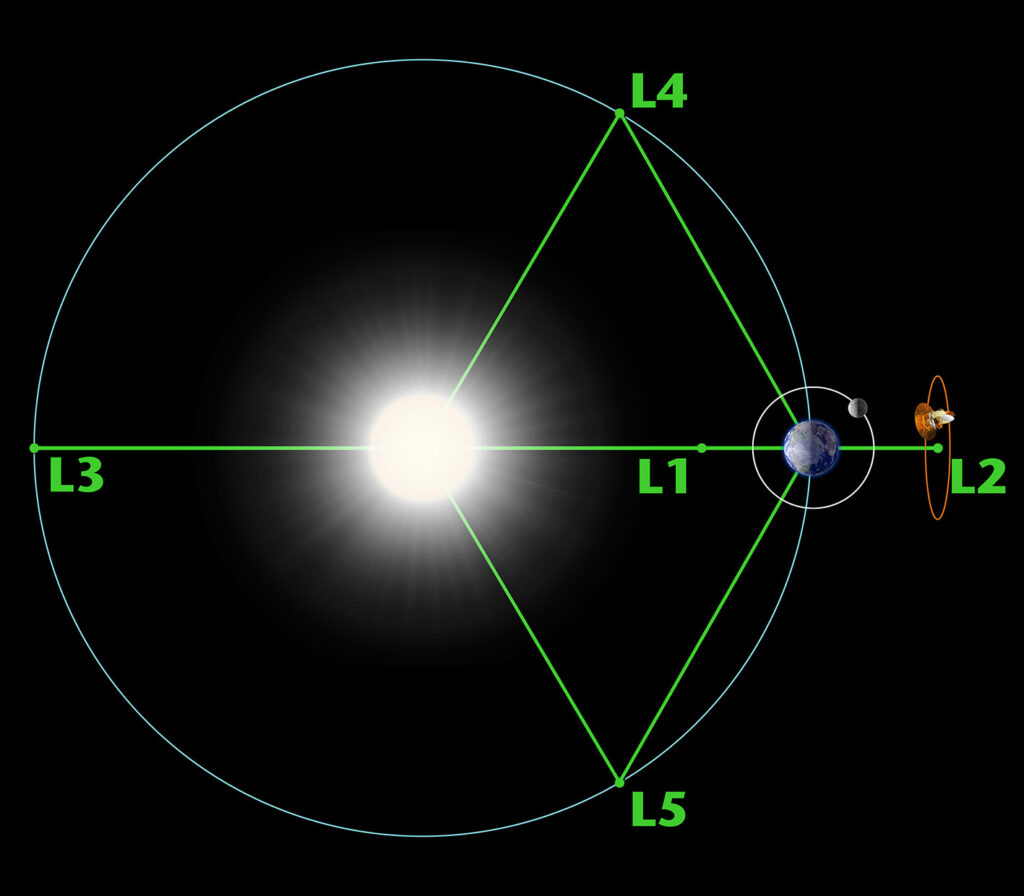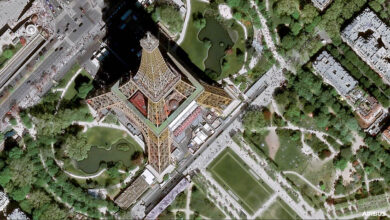After Chandrayaan-3 launch, ISRO aims for the Sun, through Aditya L1 mission
By R. Anil Kumar
- Mysteries of the Sun: ISRO’s ambitious Aditya-L1 mission will try and uncover the secrets behind the solar corona.
- This comprehensive solar and space environment observatory to be placed at the Lagrangian point
- The spacecraft carries seven payloads to observe the photosphere, chromosphere and the outermost layers of the Sun, the corona
Bangalore, July 23. After Chandrayaan-3 launch ISRO is now set to launch the satellite to Sun called Aditya L1 on August 26 which is at a cost of Rs. 378.53 crore

After the successful launch of Chandrayaan-3, the Indian Space Research Organisation (ISRO), is now getting ready to launch its pioneering mission to study the Sun, named Aditya L1.
The Indian Space Research Organisation (ISRO) is readying its first dedicated polarimetry mission, the X-ray Polarimeter Satellite (XPoSat), to study bright astronomical X-ray sources. Additionally, the Aditya-L1 mission will be used to study the Sun, while discussions are underway to create a satellite to study exoplanets. The Aditya Mission that was conceptualised in 2008, was postponed numerous times due to budget crunch.
However, the mission is all set to lift-off on August 26, 2023. ISRO has planned this project at a whopping Rs. 378.53 crore excluding the launching costs.

Initially in Fy17, the mission was planned as an experimental project with a small 400 kg low-Earth orbiting satellite to study the solar corona with a budget of Rs. 3 crore. Now, the scope of the project is expanded to be a comprehensive solar and space environment observatory to be placed at the L1 point.
The L1 point of the Sun denotes Lagrange Point 1, one of two important points between Earth and Sun, which helps in uninterrupted observation of sun.
The ISRO will be using Polar Satellite Launch Vehicle to deploy the Aditya L1 satellite. The mission is expected to take about 109 days after launch to reach the halo orbit around the L1 point.
The Indian Space Research Organisation is almost ready with XPoSat (X-ray Polarimeter Satellite), the country’s first dedicated polarimetry mission to study various dynamics of bright astronomical X-ray sources in extreme conditions, Chairman Somanath S said. He said preparations are underway for the Aditya-L1 mission to study the Sun, adding that discussions are on to create a satellite to study extrasolar planets (exoplanets), as well.
“We are also discussing missions to the Moon further for landing,” the ISRO chief, who is also the Secretary of the Department of Space, said in his inaugural address to the Space Science Technology & Awareness Training (START) programme 2023, being held virtually.
ISRO launched the Chandrayaan-3 mission to the Moon on July 14. “I am sure that you will find something very substantial through this (Chandrayaan-3) mission as far as science is concerned,” he said.
“We are also preparing for the mission to understand and study the Sun through this Aditya-L1 mission, and the X-ray polarimeter satellite is almost ready and we are hoping for its launch to understand stars better,” Somanath said.
He said discussions are on missions to understand other planetary objects like Venus, and on how to create a satellite to study extrasolar planets (planets outside the solar system).
According to ISRO officials, the national space agency headquartered here, the XPoSat will carry two scientific payloads in a low earth orbit.
The primary payload POLIX (Polarimeter Instrument in X-rays) will measure the polarimetry parameters (degree and angle of polarization) in medium X-ray energy range of 8-30 keV photons of astronomical origin.
The XSPECT (X-ray Spectroscopy and Timing) payload will give spectroscopic information in the energy range of 0.8-15 keV, they said. Aditya L1 will be the first space based Indian mission to study the Sun. The spacecraft is planned to be placed in a halo orbit around the Lagrange point 1 (L1) of the Sun-Earth system, which is about 1.5 million km from Earth.
A satellite placed in the halo orbit around the L1 point has the major advantage of continuously viewing the Sun without any occultation or eclipses. This will provide a greater advantage of observing the solar activities and its effect on space weather in real time, according to ISRO. The spacecraft carries seven payloads to observe the photosphere, chromosphere and the outermost layers of the Sun (the corona) using electromagnetic and particle and magnetic field detectors, the space agency said.
Using the special vantage point L1, four payloads directly view the Sun and the remaining three payloads carry out in-situ studies of particles and fields at the Lagrange point L1, thus providing important scientific studies of the propagatory effect of solar dynamics in the interplanetary medium.





